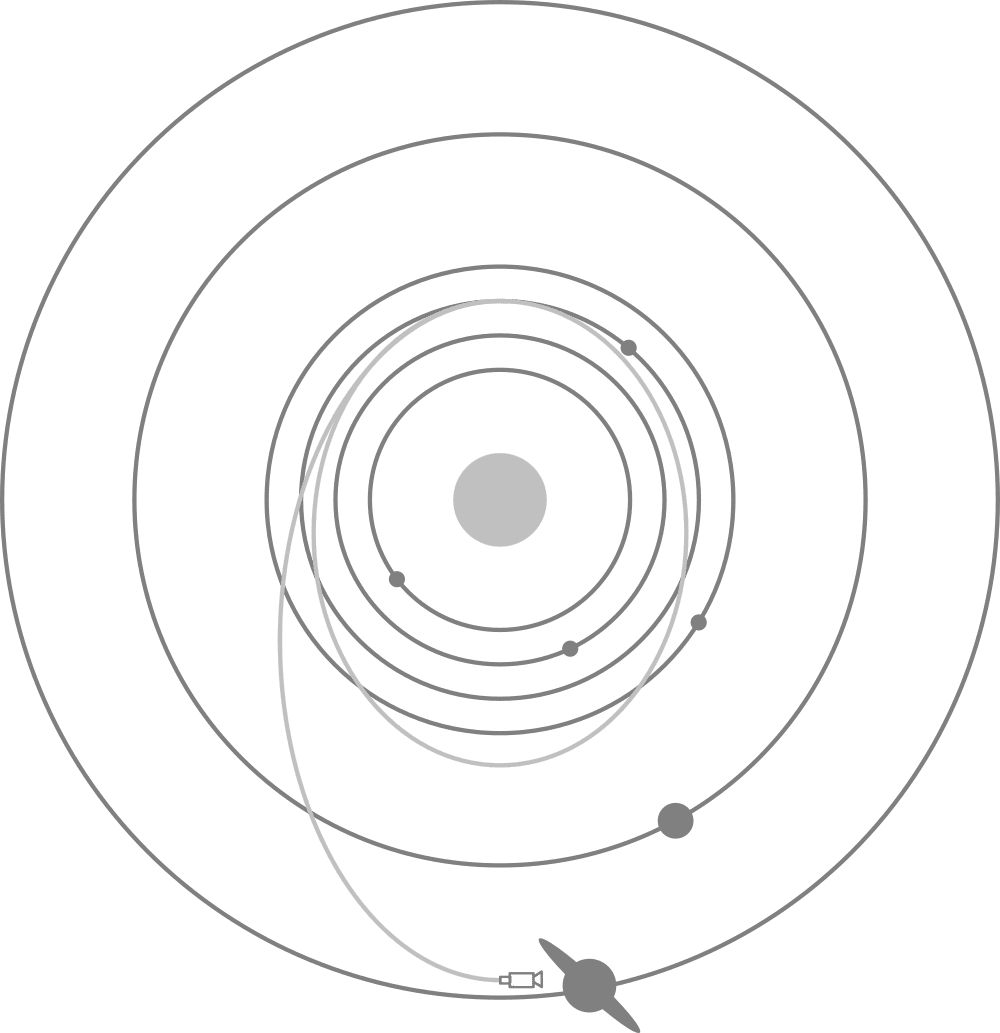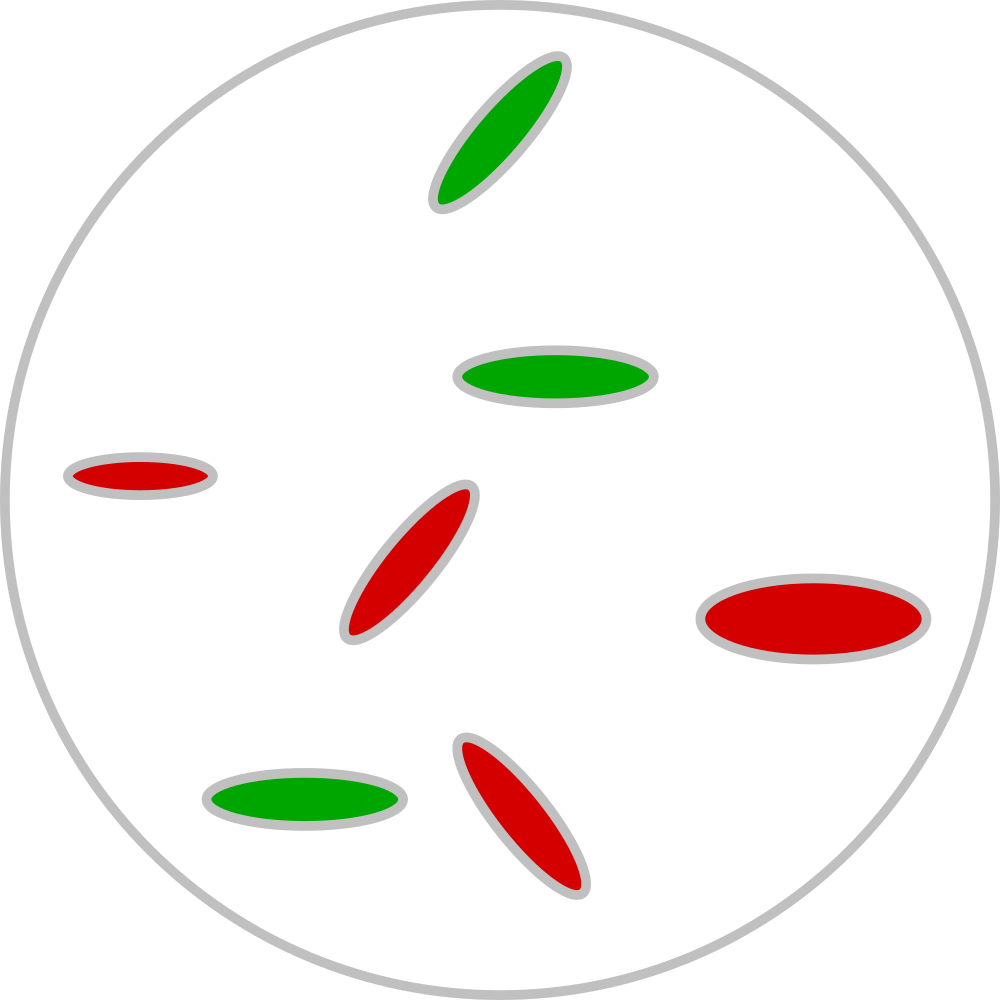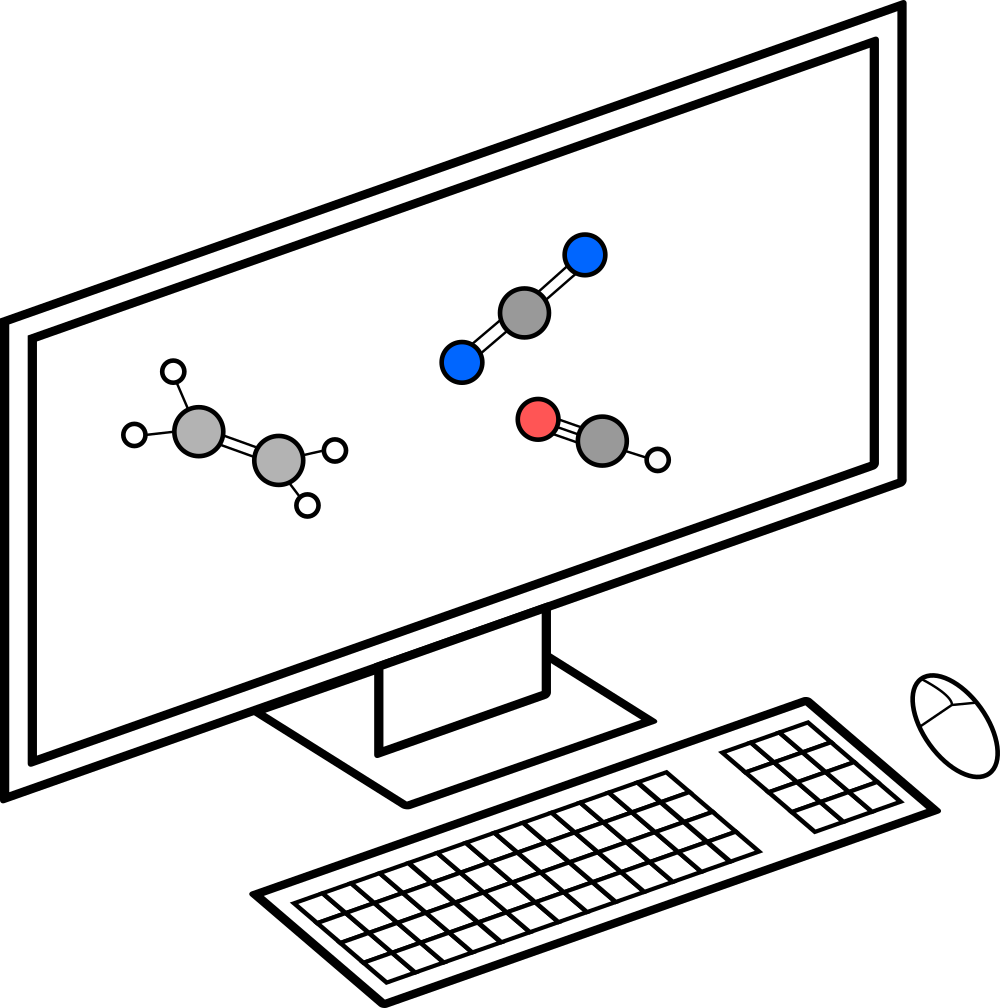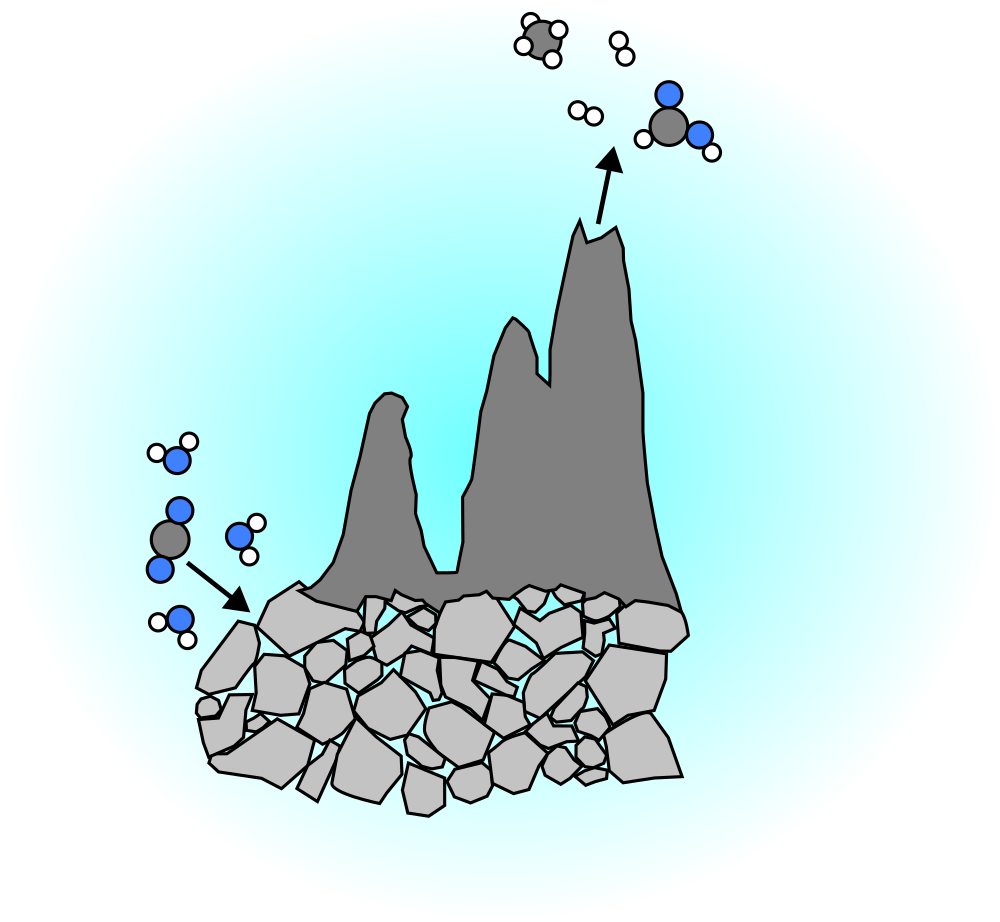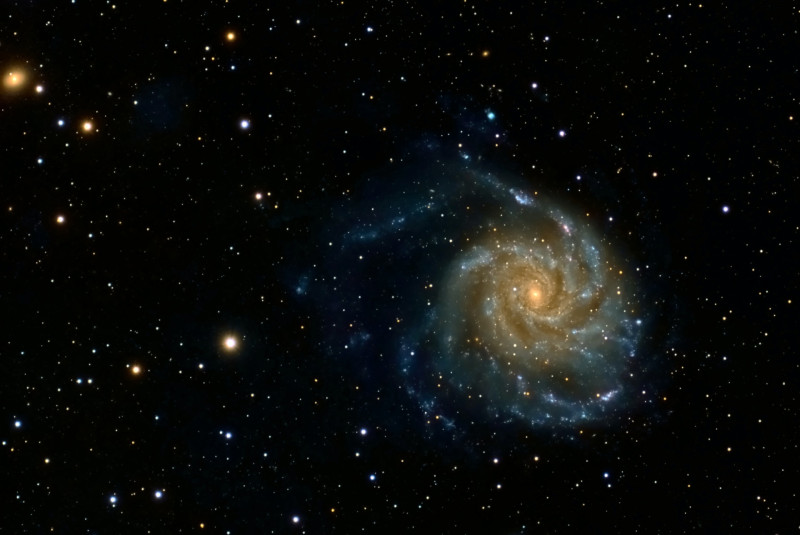Overview
The ASTROBi Foundation is a US non-profit private operating foundation headquartered in the Denver, Colorado metro area. Our mission is to advance humanity's understanding of the emergence of life in the Universe. We pursue our mission by funding and conducting astrobiology, planetary science, and basic research programs.

What is life, exactly?
You know it when you see it" has been about as good of a definition as anyone's been able to come up with for much of history. Attempts to define it scientifically have tended to be descriptive, focusing on life as we know it, here on Earth. For example, NASA's definition is "a self-sustaining chemical system capable of Darwinian evolution". This is straightforward and succinct, but it is clearly focused on one kind of life (Earthly life) and it has obvious shortcomings. Does this definition apply to viruses? And if so, does it rule them out as a form of life? What other kinds of life could there be in the Universe that wouldn't necessarily match NASA's definition?
Whatever it is, life is a process that clearly led to us and all the other inhabitants of our planet. Our curiosity about ourselves and where we came from naturally leads us to ask questions about the fundamental nature of life. Can life only exist in the ways it exists on Earth? Could there be other kinds of life elsewhere? Wherever life emerges, does it always converge on the same sequence of chemical innovations: amino acids, RNA, proteins, DNA, lipid membranes, etc? Could there be completely different chemistries, or even non-chemical life? Is there life out there? If so, what is it like? How might we detect it? The field of astrobiology seeks to address these very questions.
The ASTROBi Foundation was created to advance this field, helping the astrobiology community accelerate their research. We pursue our mission by funding key underfunded research areas, ranging from mission engineering to laboratory research, recognizing the multidisciplinary nature of astrobiology. We seek to understand the universal principles that lead to life's emergence and the specific ways we could detect it beyond Earth. The questions we are pursuing have many interrelated facets, so our approach is to push forward on multiple fronts: developing new tools for detection, understanding how life might survive in extreme environments, exploring the primordial chemistry that enables life’s emergence, and creating practical ways to search for it in our solar system and beyond. Each of our projects represents a piece of this larger puzzle, working together to expand our understanding of life and its origins.
Leadership

Erik Buehler Founder, President, and Chair of the Board
Erik Buehler created the ASTROBi Foundation to advance the field of astrobiology by targetting underfunded missions and research areas. He brings over two decades of aerospace industry experience to ASTROBi from Rockwell-Collins, Lockheed Martin, and SEAKR Engineering. Deeply interested in science from a young age, Erik is especially interested in the biological sciences and engineering. He holds a bachelor's degree in electrical engineering specializing in biomedical engineering from Kansas State University and did three years of graduate work researching biologically inspired algorithms. His professional experience has primarily been in research and development, with a focus on algorithms, spacecraft ground systems, and simulations of missions, constellations, spacecraft, and subsystems. Erik has led several engineering teams through the full product development lifecycle and has authored numerous publications and patents. In his role as President, he is committed to maximizing ASTROBi's scientific impact.
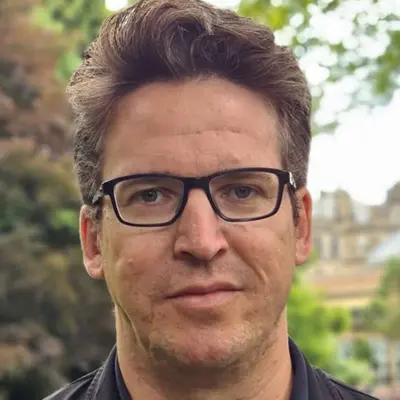
Kyle Johnson Director
Kyle Johnson specializes in signal processing, RF systems, and detection and estimation algorithms. Kyle brings over 15 years of aerospace and defense industry experience to ASTROBi. He has an undergraduate degree in Engineering Physics from the Colorado School of Mines and received his Masters degree in Aerospace Engineering studying remote sensing at the University of Colorado Boulder. He is an active amateur radio operator licensed in the US and the UK and has extensive experience with field radio experiments. He has traveled and worked across the world, including in Africa, Asia, Europe, and Antarctica. Kyle lives with his wife Sara and their two kids in northern England.
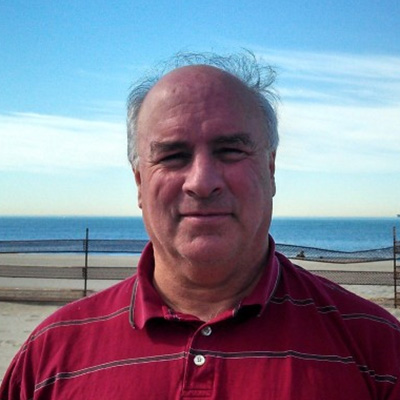
Dave Banerian Director
Dave Banerian specializes in space and ground system architecture, with specific emphasis and experience in high-speed data handling and communications technologies and designs. Dave brings over 40 years of experience with Martin Marietta/Lockheed Martin to ASTROBi. He has worked on a multitude of design and development study programs sponsored by ESA, NASA, DARPA, and various classified space and ground-based systems. Upon retirement in 2020, he was designated a chief systems engineer and advanced architect. He holds several trade secrets and patents in advanced communications concepts and designs, including advanced space communications employing cellular techniques and technologies. He has an undergraduate degree in Electronics Engineering with a minor in Mechanical Engineering from Cal Poly in San Luis Obispo, California, with graduate courses in Biomedical Electronics.
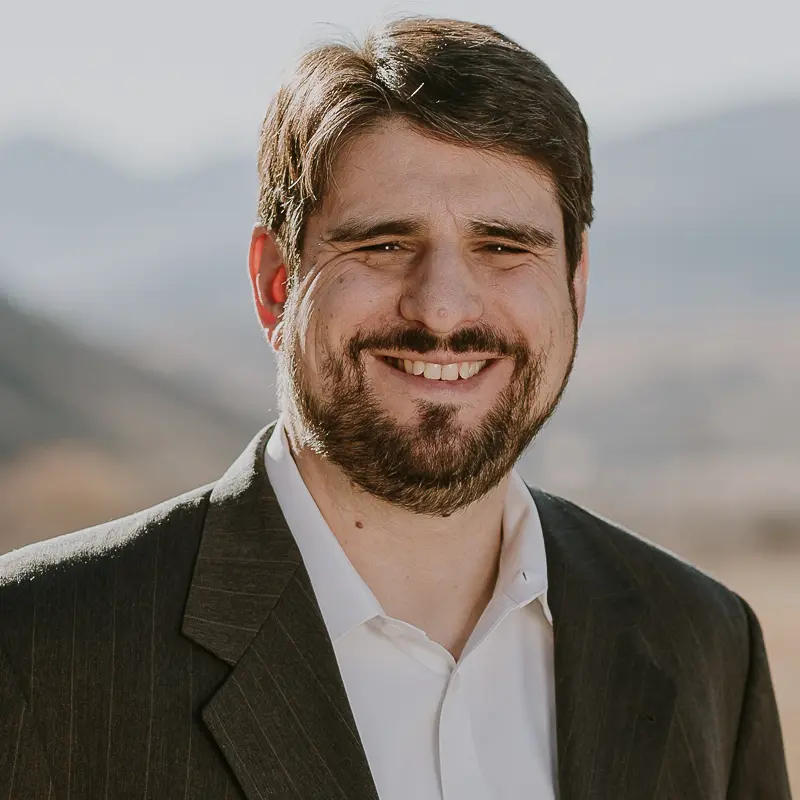
Brian Bliss Director
Brian Bliss has developed spacecraft subsystems and components across all phases of their lifecycles, including design, development, integration, debugging, test, and on-orbit operations. During 20 years of experience with aerospace prime and subcontractors, Brian's hardware, software, firmware, PCB, FPGA, and ASIC designs have been used
successfully on dozens of LEO, MEO, HEO, and GEO satellite missions and payloads, as well as one cislunar space vehicle and one lunar lander proposal. He holds dual undergraduate degrees in Aero/Astro Engineering and Computer Engineering from Purdue University, as well as a systems engineering masters degree and an MBA from Loyola Marymount University in Los Angeles, emphasizing space entrepreneurship. He lives with his wife and three teenage children near Boulder, Colorado.
